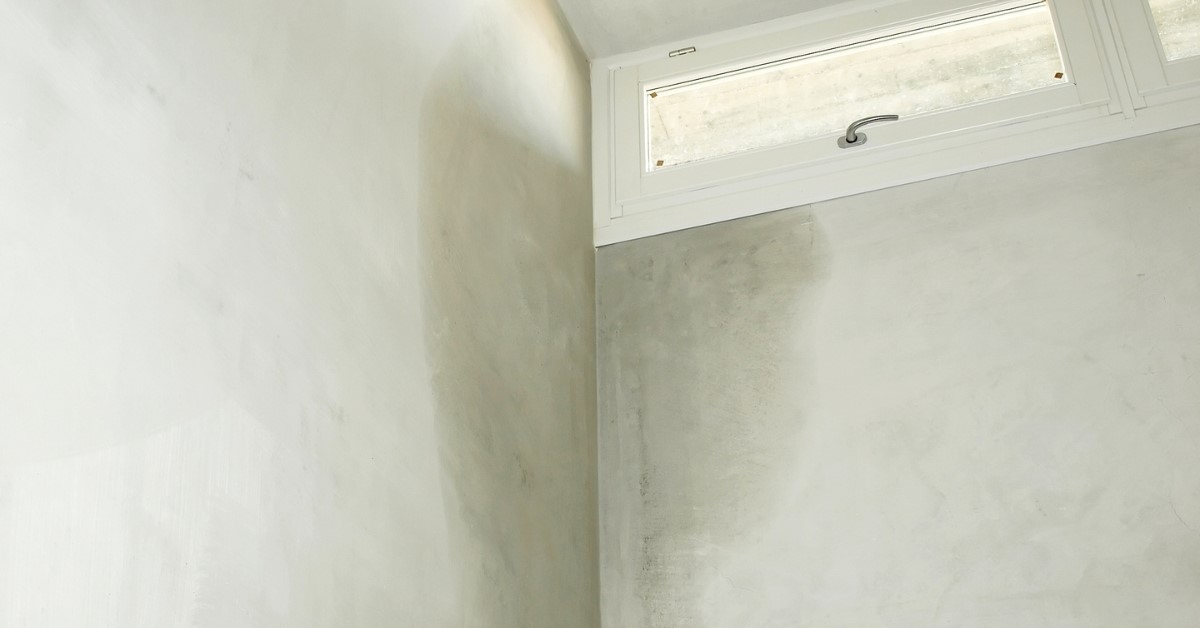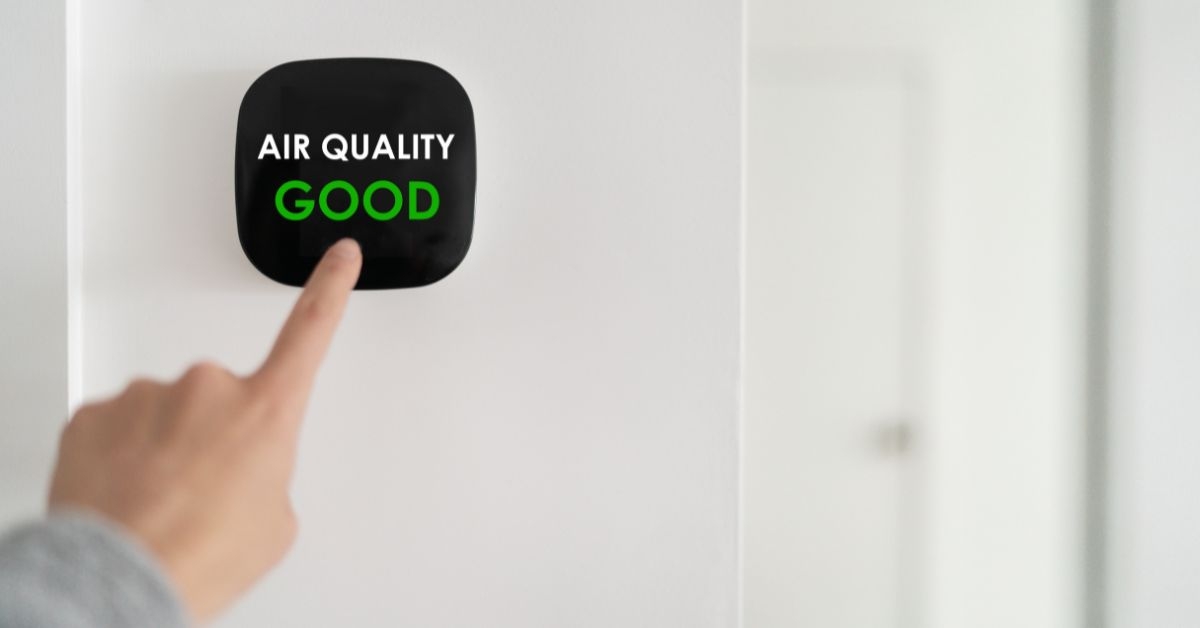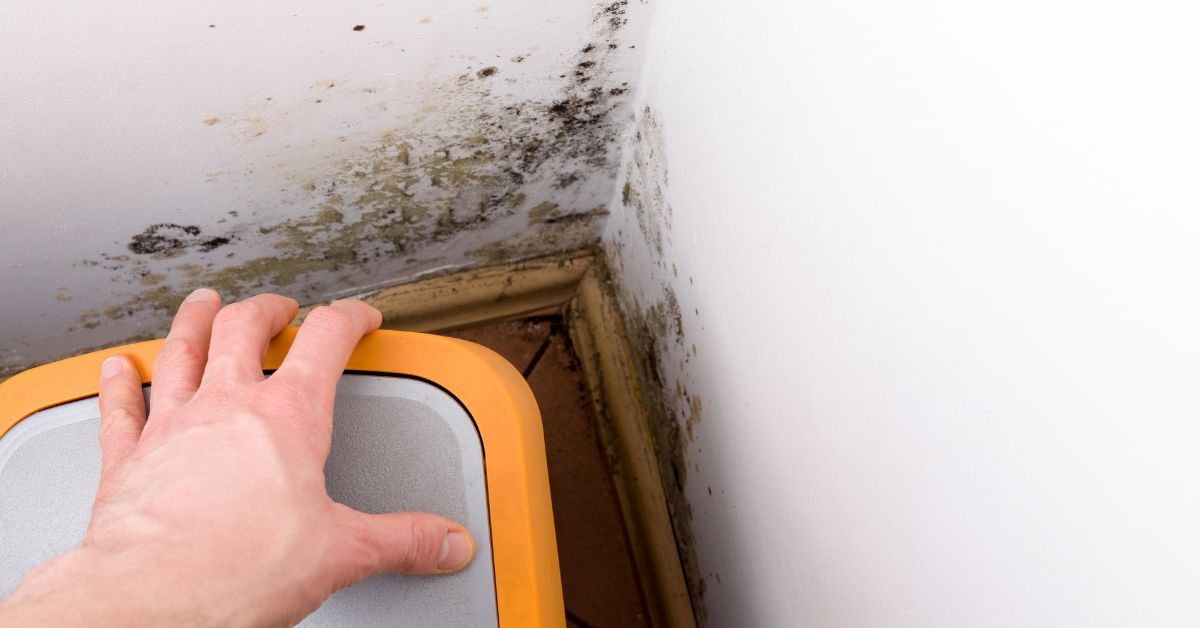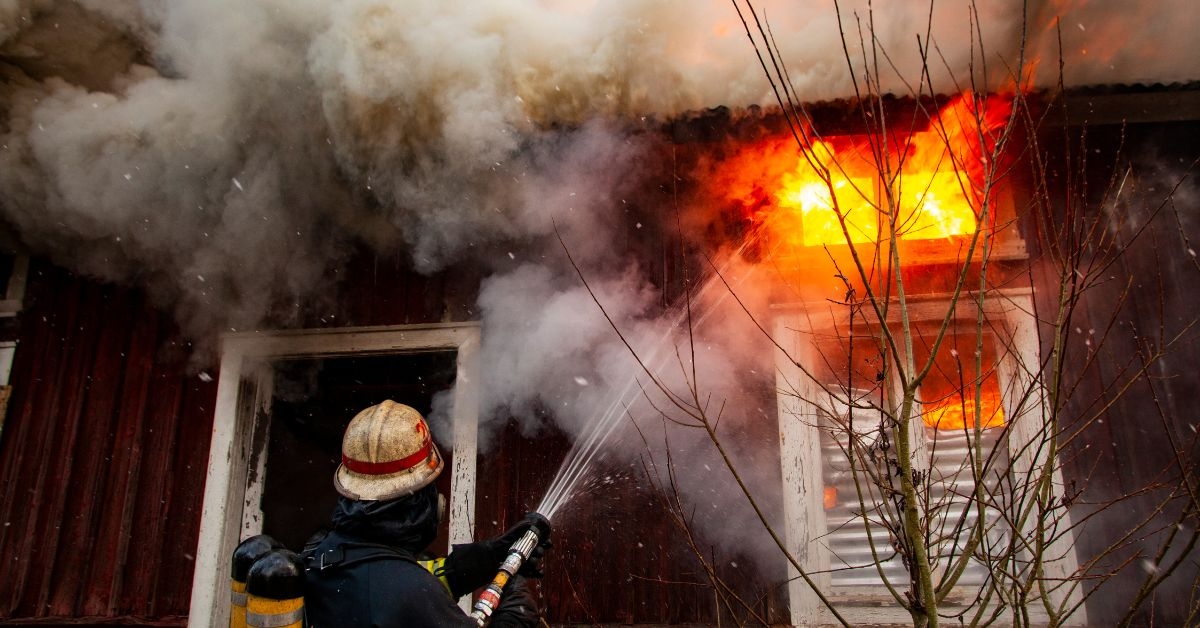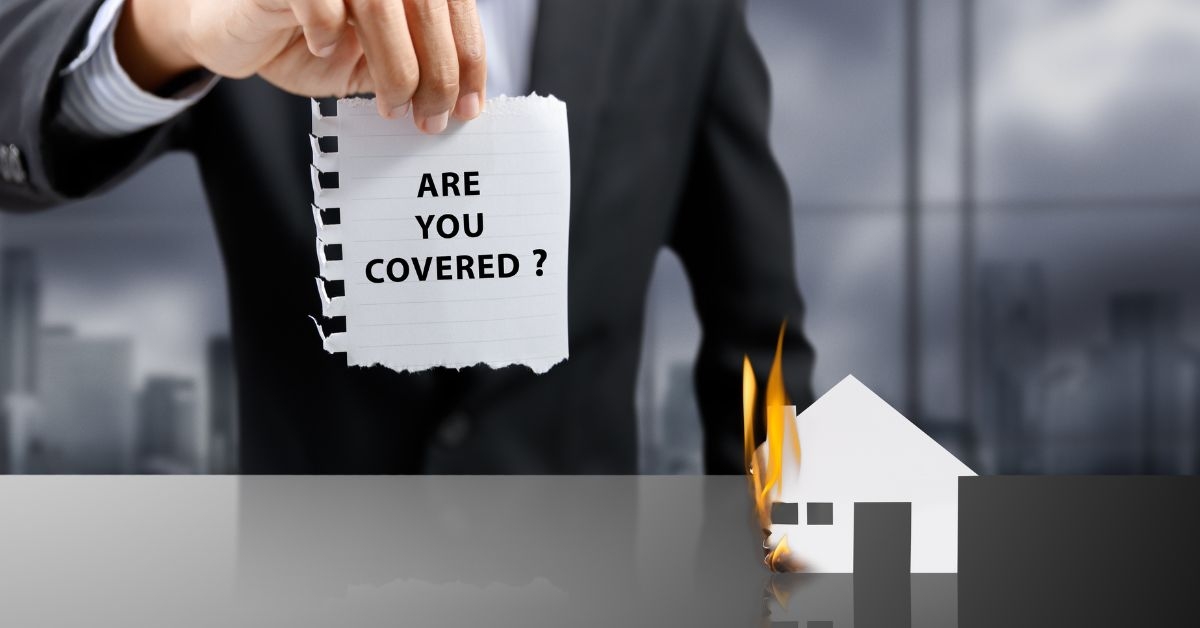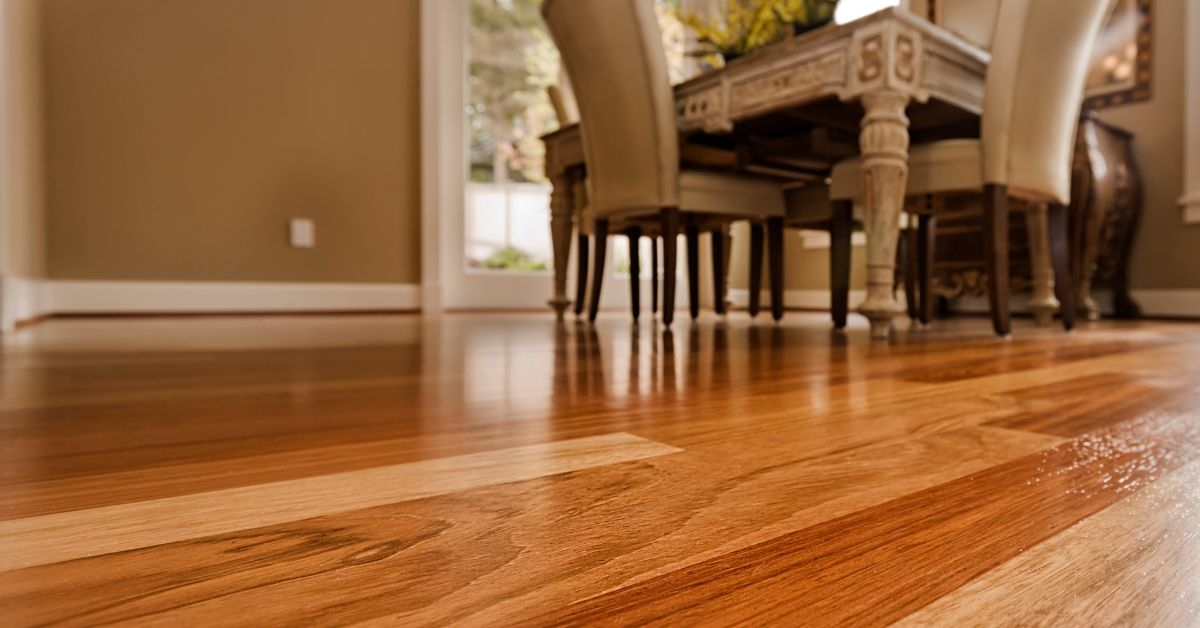The Latest News from RestoreMore, Inc.
Articles, blogs, and more hand-picked by our restoration professionals to better help you understand your property and needs.
Water damage can strike unexpectedly, wreaking havoc on homes and businesses alike. Whether caused by burst pipes, leaking appliances, or severe weather events, water intrusion can lead to extensive damage, mold growth, and compromised structural integrity if not addressed promptly and effectively. In water damage restoration, professional moisture testing plays a pivotal role in assessing the extent of the damage, guiding restoration efforts, and ensuring thorough drying and mitigation.
Power outages are an inevitable part of life, whether caused by severe weather, equipment failure, or other unforeseen circumstances. While short interruptions may be a minor inconvenience, extended blackouts can pose significant challenges to daily life. However, with the right strategies and equipment in place, you can navigate through these disruptions with resilience and ease.
In the pursuit of a healthier lifestyle, many people focus on diet, exercise, and stress management but often overlook the significance of indoor air quality. Mold and unpleasant odors detract from the comfort and aesthetics of living spaces and pose serious health risks.
Experiencing a fire in your home or business is a devastating event that can leave behind extensive damage and disruption. However, with the right approach and a collaborative effort between contractors and designers, the process of fire damage reconstruction can be streamlined and seamless.
In an era defined by rapid technological advancements, the landscape of disaster preparedness has undergone a significant transformation. Technology plays a pivotal role in enhancing our ability to predict, respond to, and recover from disasters of varying scales.
Mold, a common household nuisance, has the potential to cause significant damage to your property and pose health risks to occupants. Identifying the root causes of mold infestations is crucial for effective prevention and remediation.
Experiencing a fire in your home or business is a devastating event that can leave a lasting impact on your property and well-being. In the aftermath of a fire, one of the key steps in the recovery process is a thorough and professional assessment of the fire damage. This assessment, coupled with meticulous documentation, plays a pivotal role in not only understanding the extent of the damage but also in streamlining the insurance claims process and guiding the restoration efforts.
Water damage in homes poses a dual threat – the immediate impact of structural damage and the subtler, yet equally significant, challenge of indoor air quality. Humidity levels rise, creating an environment conducive to mold growth, and if not addressed promptly, these issues can lead to long-term consequences for both your home and your health.
Dealing with the aftermath of a fire is a challenging and emotionally draining experience. Amidst the chaos, one crucial aspect that demands immediate attention is the documentation of fire damage for insurance claims. Adequate documentation not only expedites the claims process but also ensures that policyholders receive fair compensation for their losses.
Hardwood floors bring timeless elegance and warmth to any home, but when confronted with water damage, the dilemma arises – should you salvage the existing floor or opt for a complete replacement? In this in-depth exploration, we'll unravel the nuances of dealing with water-damaged hardwood floors, examining the factors that influence the decision between salvaging and replacement.
